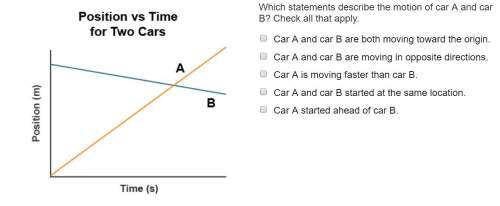
An electrostatic dust precipitator that is installed in a factory smokestack includes a straight metal wire of length l = 0.6 m that is charged approximately uniformly with a total charge q=0.8 x 10-7 c. a speck of coal dust (which is mostly carbon) is near the wire, far from both ends of the wire; the distance from the wire to the speck is d= 1.1 cm. carbon has an atomic mass of 12 (6 protons and 6 neutrons in the nucleus). a careful measurement of the polarizability of a carbon atom gives the value a = 1.96 x 10-40 (c. m)/(n/c). (a) calculate the initial acceleration of the speck of coal dust, neglecting gravity. your answer must be expressed in terms of q, l, d, and a. you can use other quantities in your calculations, but your final result must not include them. it is convenient to use the "binomial expansion" that you may have learned in calculus, that (1 + )" 1+ne if € < 1. note that n can be negative. (enter the magnitude. use the following as necessary: q, l. d, a, 60, and m for the mass of a carbon atom. use the binomial expansion in your answer.) a= a = 2 edit calculate the initial acceleration of the speck of coal dust, neglecting gravity. don't put numbers into your calculation until the very end, but then show the numerical calculation that you carry out on your calculator. (enter the magnitude.) m/s2 (b) if the speck of coal dust were initially seven times as far from the charged wire, how much smaller would be the initial acceleration of the speck?

Answers: 3


Another question on Physics

Physics, 22.06.2019 01:30
Use the frequency histogram to complete the following parts. ​(a) identify the class with the​ greatest, and the class with the​ least, relative frequency. ​(b) estimate the greatest and least relative frequencies. ​(c) describe any patterns with the data. female fibula lengths 30.5 31.5 32.5 33.5 34.5 35.5 36.5 37.5 38.5 39.5 0 0.05 0.1 0.15 0.2 0.25 length (in centimeters) relative frequency a histogram titled "female fibula lengths" has a horizontal axis labeled "length in centimeters" from 30.5 to 39.5 in increments of 1 and a vertical axis labeled "relative frequency" from 0 to 0.25 in increments of 0.05. the histogram contains vertical bars of width 1, where one vertical bar is centered over each of the horizontal axis tick marks. the approximate heights of the vertical bars are listed as follows, where the label is listed first and the approximate height is listed second: 30.5, 0.02; 31.5, 0.04; 32.5, 0.05; 33.5, 0.13; 34.5, 0.22; 35.5, 0.25; 36.5, 0.13; 37.5, 0.06; 38.5, 0.09; 39.5, 0.01. ​(a) the class with the greatest relative frequency is nothing to nothing centimeters. ​(type integers or decimals. do not round. use ascending​ order.)
Answers: 3


Physics, 22.06.2019 20:40
Abasketball star covers 2.65 m horizontally in a jump to dunk the ball. his motion through space can be modeled precisely as that of a particle at his center of mass. his center of mass is at elevation 1.02 m when he leaves the floor. it reaches a maximum height of 1.90 m above the floor and is at elevation 0.910 m when he touches down again. (a) determine his time of flight (his "hang time"). (b) determine his horizontal velocity at the instant of takeoff. (c) determine his vertical velocity at the instant of takeoff. (d) determine his takeoff angle. (e) for comparison, determine the hang time of a whitetail deer making a jump with center-of-mass elevations yi = 1.20 m, ymax = 2.45 m, and yf = 0.750 m.
Answers: 1

Physics, 23.06.2019 03:30
Arock displaces 1.65 l of water. the volume of the rock is: a: 1,650 cm³ b: 165.0 cm³ c: 16.50 cm³ d: 0.165 cm³
Answers: 2
You know the right answer?
An electrostatic dust precipitator that is installed in a factory smokestack includes a straight met...
Questions

Mathematics, 03.07.2019 08:00


Health, 03.07.2019 08:00

Spanish, 03.07.2019 08:00




Geography, 03.07.2019 08:00

Mathematics, 03.07.2019 08:00







Mathematics, 03.07.2019 08:00



Physics, 03.07.2019 08:00

Mathematics, 03.07.2019 08:00




